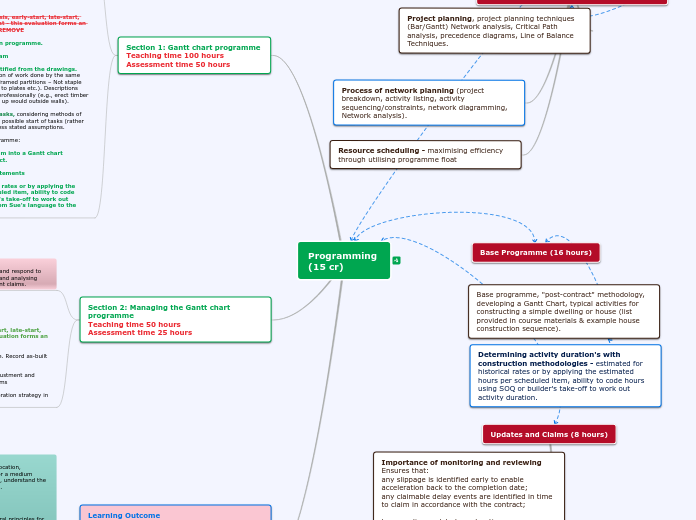によって TANZ eCampus 5年前.
402
Programming (15 cr)
Efficient project management in construction relies on various methodologies and tools to ensure timely completion and effective resource allocation. Developing a Gantt Chart and understanding a '

によって TANZ eCampus 5年前.
402

もっと見る